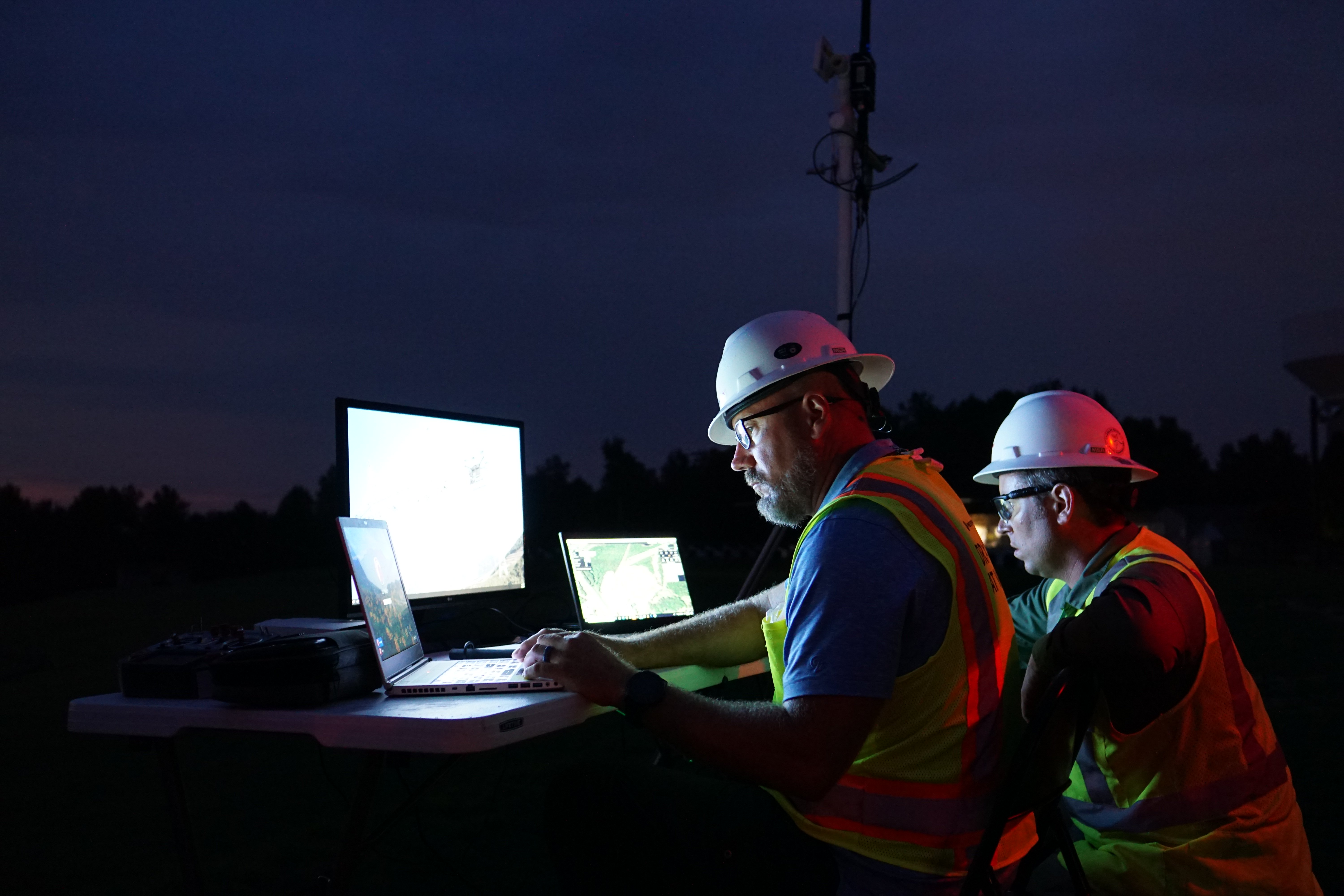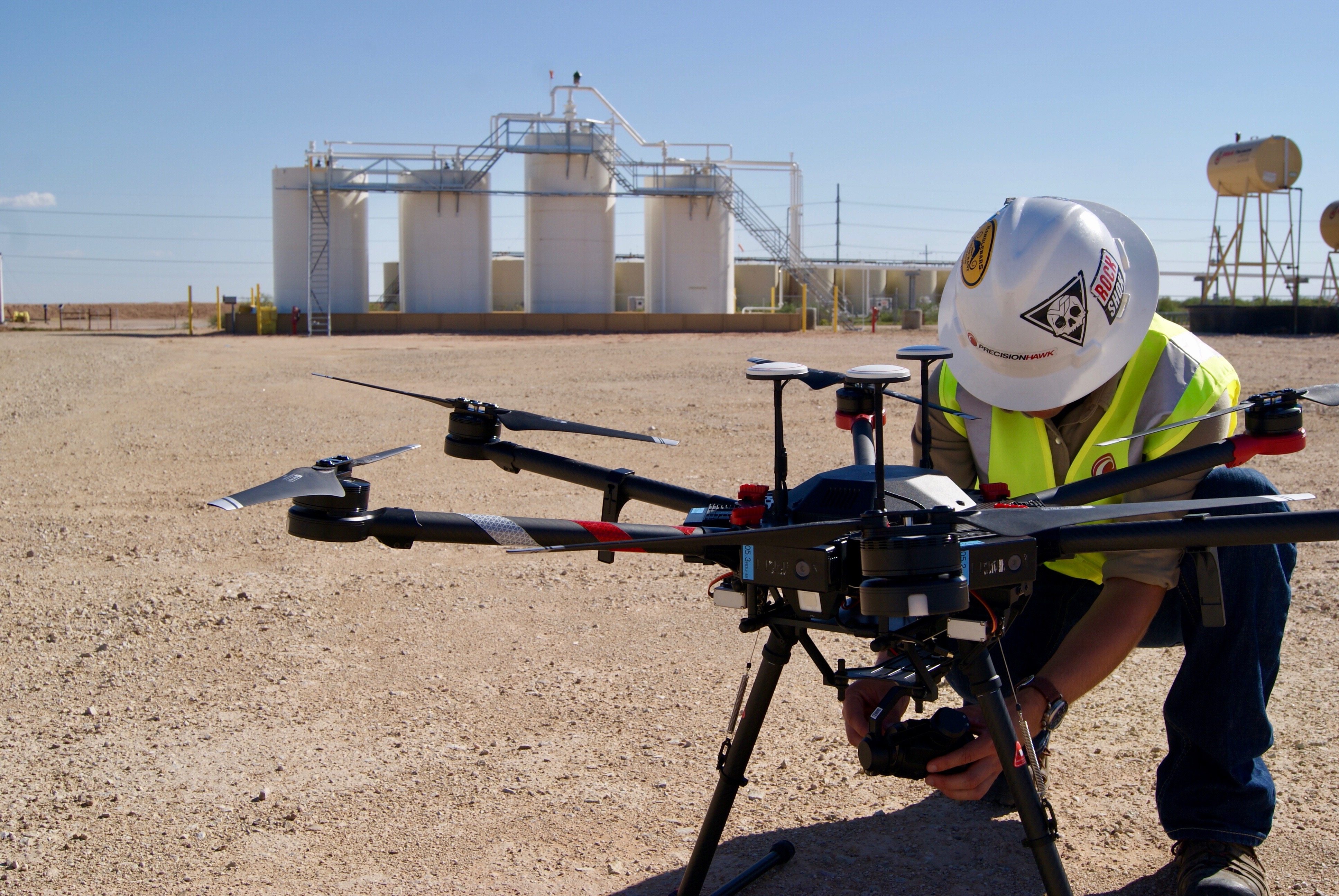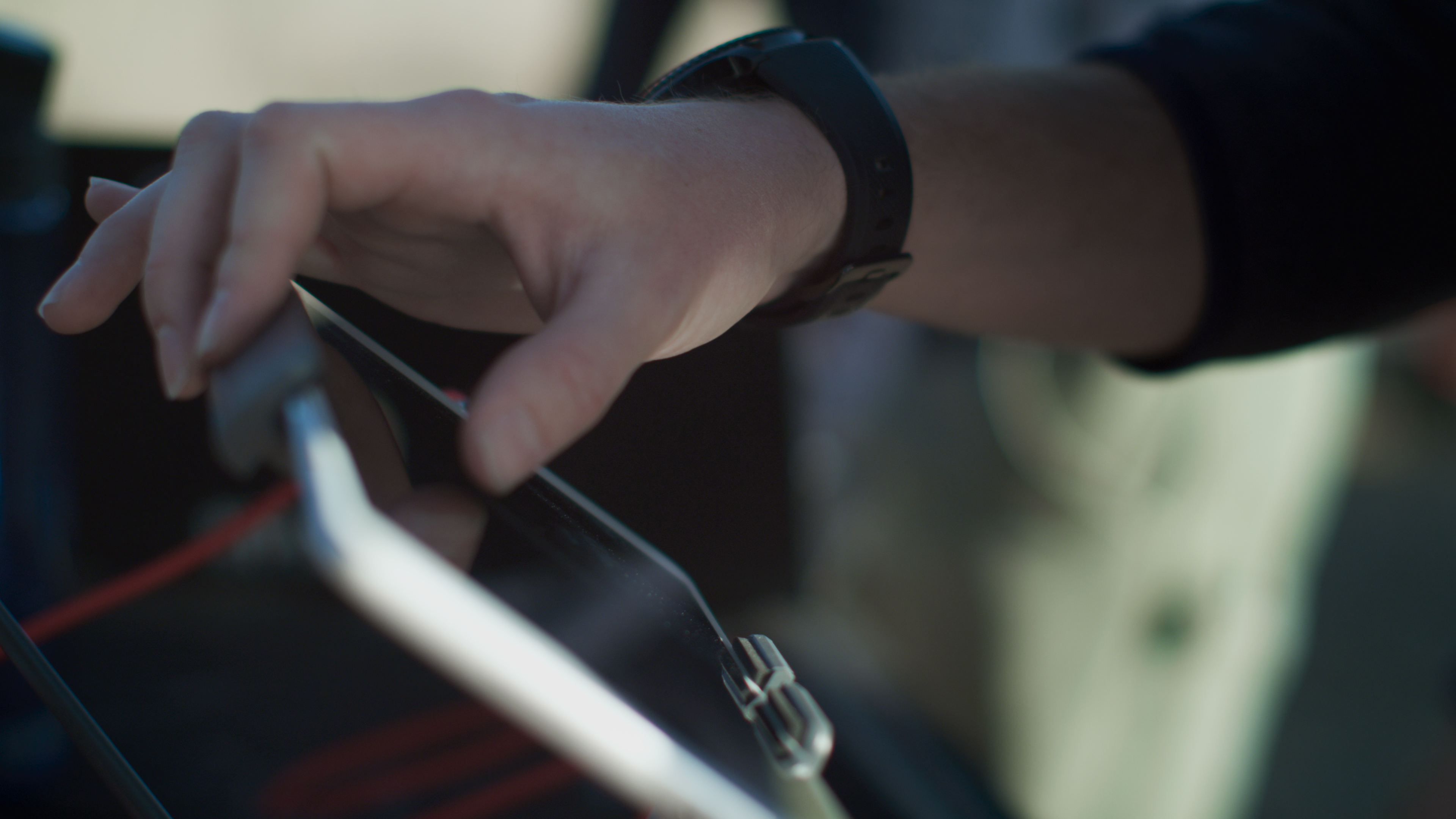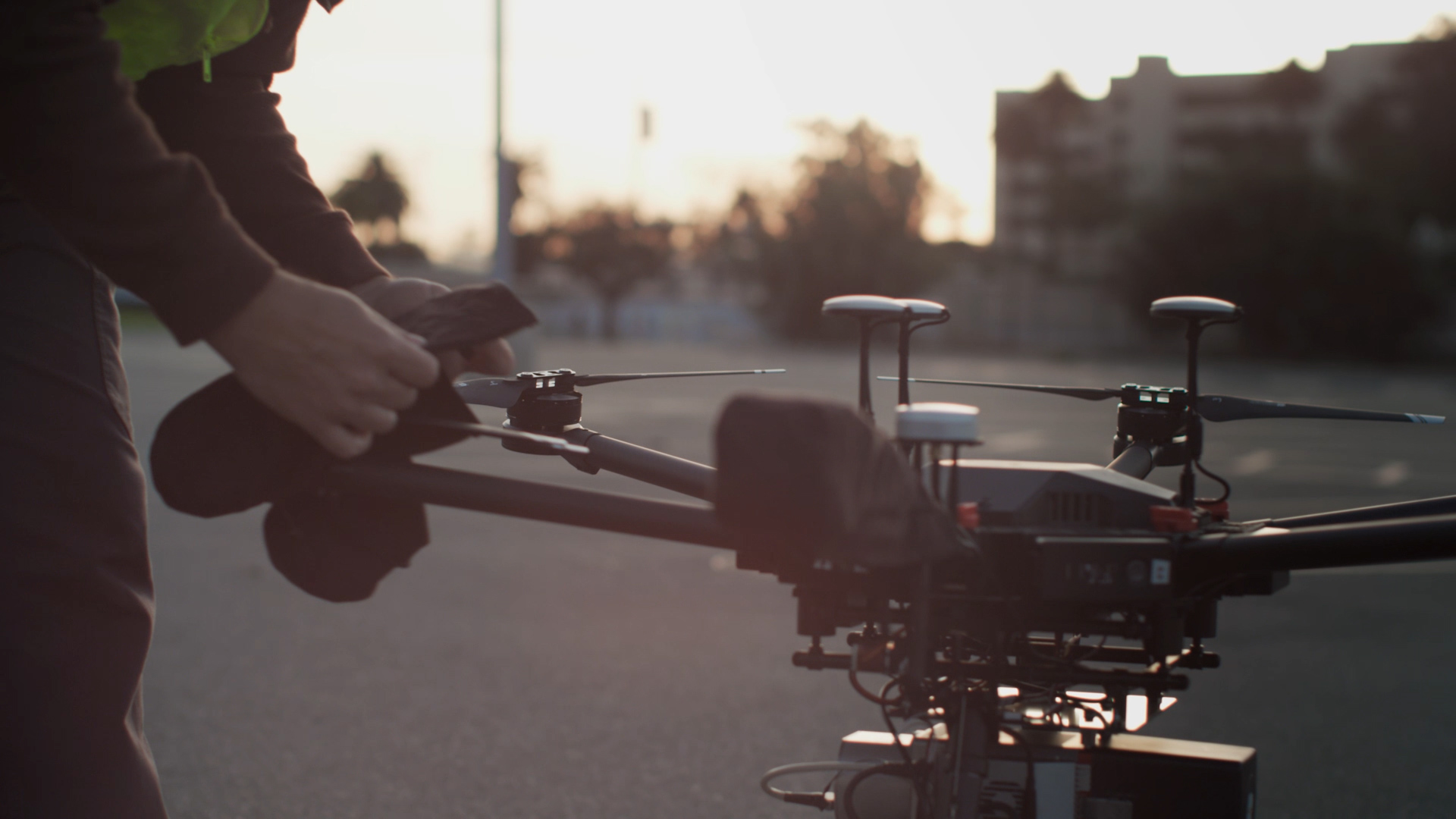The following is an excerpt from “Safe Always: Standard Operating Procedures for Drone Operations and Secure Data Collection,” a whitepaper that reviews the risks associated with drone-based data collection and the processes, policies, and procedures we apply to mitigate those risks. Download the whitepaper to learn how we help keep your data secure and your technicians safe.
In late October 2018, a helicopter carrying four crew members who were tasked with maintaining power lines came into contact with the lines and caught fire in northern New York state. Two members of the crew were killed; two were treated at the hospital and released. Portions of the helicopter hung from the power lines before falling into a cornfield below. Unfortunately, this was not an isolated incident. Reports of similar wirestrike accidents regularly appear in the news.
While helicopters have a relatively safe operating history, crashes do occur. The risk from using helicopters for inspections and data collection is especially high. An inspection flight takes a helicopter close to power lines, often in constrained right of ways. Combine this with the fact that a helicopter weighs tens of thousands of pounds and carries a significant amount of fuel and a crew, and it is obvious that a crash can result in catastrophic losses. The impact can affect the crew onboard and anyone in the immediate area, as well as the aircraft itself, an enterprise’s critical assets, power customers, and structures below.
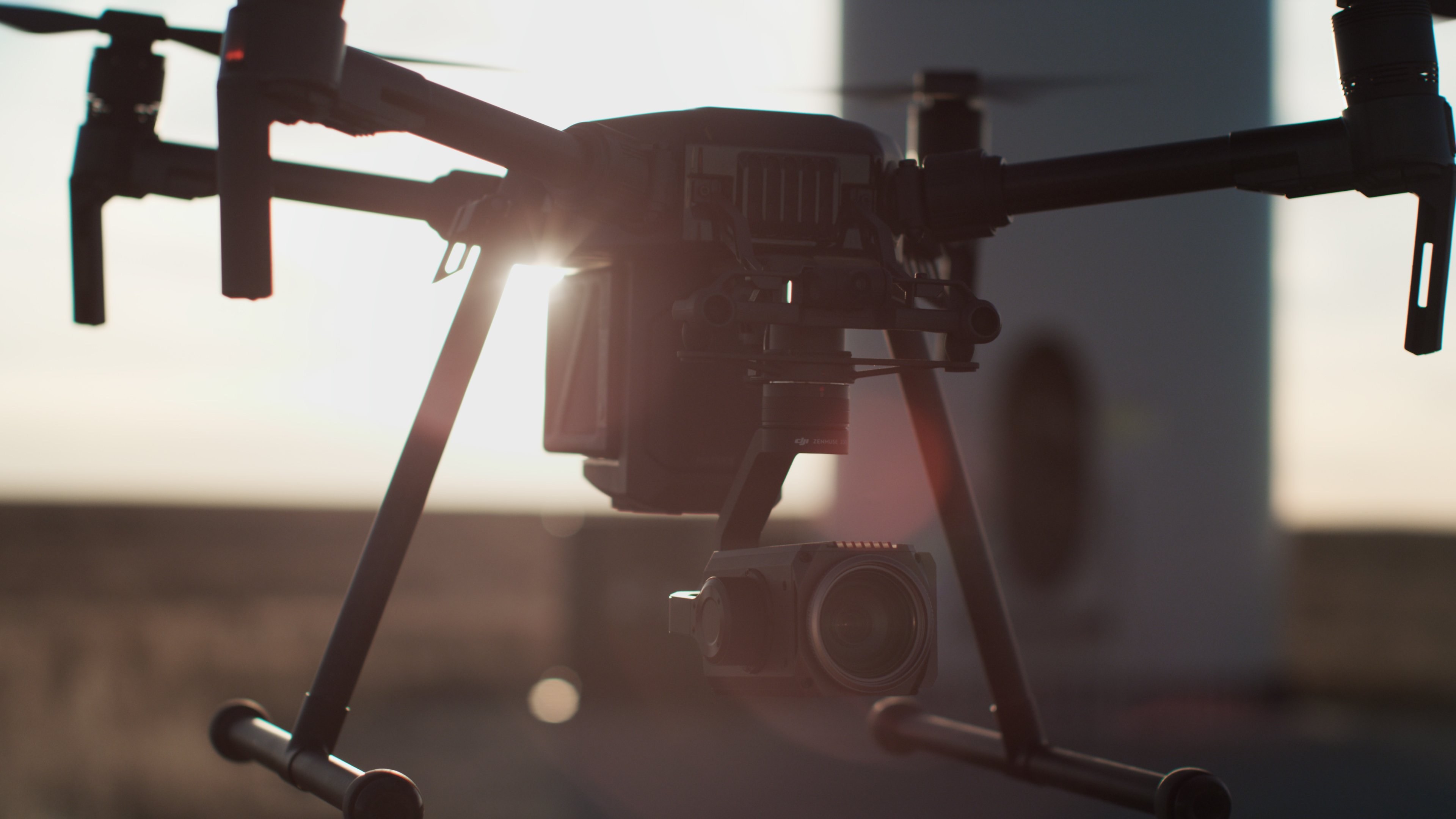
The average UAV, however, weighs less than 10 pounds. If a crash occurs, the likelihood of serious injuries or death, in comparison to a helicopter crash, is considerably lower. And the rare loss of a compact 10-pound UAV, while regrettable, does not have the same human or financial impact, norand it does not have the potential to create a large debris field.
Drones Help Protect Against Shocks and Falls
Another common method of data collection and inspection for power companies is for workers to climb towers that are hundreds of feet high. The risk for falls and serious injury or death is significant, but there is also a risk of electric arc flash exposure, which can result in both shock and falls. So if an organization can keep its crew grounded, the risk of injury or death decreases significantly. Drones provide the capability of capturing data without requiring dangerous climbs or traveling through difficult terrain.
“When other safety mitigating measures are used (such as not flying over people), the risk for injury is reduced to an almost negligible level. Secondly, if an accident were to occur, the severity is a small fraction of traditional collection methods.”
--Bill Hanrahan, VP of Flight Operations and Hardware for PrecisionHawk
The priority of any commercial drone operation is to prevent incidents in the first place. To that end, safety-conscious flight operators deploy drones featuring optical collision detection and avoidance, redundant navigation systems, and other automated flight safety features. Piloted by an operator who has gone through a robust training program and follows codified standard operating procedures, drones enable inspections that boast a significantly lower risk profile than those done with helicopters.
The fact that UAVs give enterprises the ability to conduct safer inspections is likely why the New York Power Authority, like several utilities, is working with the Electrical Power Research Institute to investigate the benefits of using drones as a means of data collection.

Ensuring Safe UAV Operations
In this five-part series, we’ll examine how drones provide organizations a considerably safer means of data collection, and how they help protect that data. We’ll also look at some safety challenges UAVs present, and how our safety and Standard Operating Procedures demonstrate a serious commitment to operating safely, and help ensure that those challenges are either eliminated or significantly minimized.
Up next, we’ll share how we select qualified drone operators, ensure rigorous training, develop mission planning and procedures, and continuously improve for an effective safety and security program.
Download our whitepaper “Safety Always: Standard Operating Procedures for Drone Operations and Secure Data Collection” to learn more.
